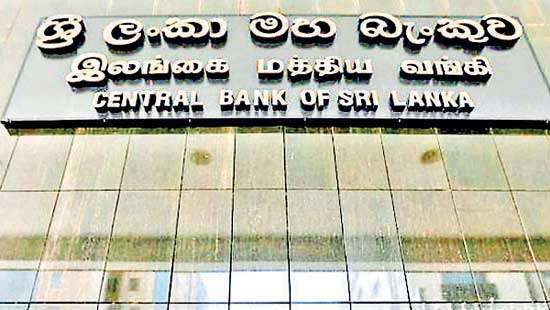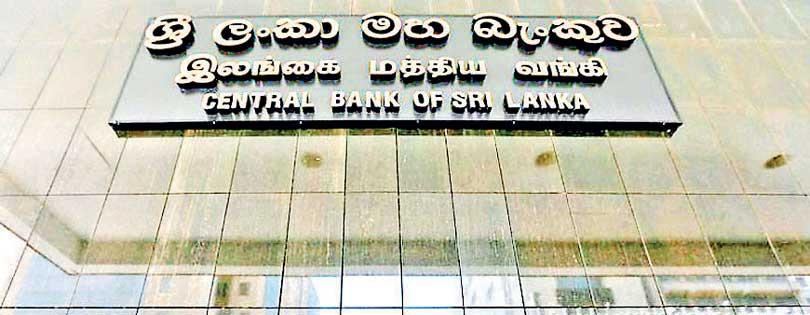Reply To:
Name - Reply Comment


Although the private sector credit growth hasn’t so far picked up to the desired levels, the Central Bank said it is hopeful that the pace of growth would improve along with the recovery in the economy as well as the easing of credit conditions, alongside the easing of interest rates.
The Central Bank wasn’t entirely happy about the speed of the growth in credit to the private sector thus far this year, although that has consistently been in the positive from June last year, with the exception of in January, which turned out to be an idiosyncrasy.
Commenting on the market lending rates, the Central Bank said it had seen a substantial decline, especially for shorter tenures. However, the financial sector regulator noted there is a bit more room for the long tenure rates to adjust downwards.
The Central Bank said it is satisfied with the prime lending rate, which now stands at single-digit levels of 9.68 percent, which has led to the rising flows of credit to the prime customers for shorter tenures.
At the start of the year, the prime rate stood at 12.13 percent.
According to the data disclosed by the Central Bank, on average, the banks lend between Rs.40-Rs.50 billion in credit, under the prime rate. These loans include daily roll-over loans as well as loans maturing in a week or so.
The prime rate is the benchmark rate the banks used to lend to their most prime customers, mostly for tenures of less than three months.
Meanwhile, the average new lending rate, which largely captures the rates for loans to the small businesses, currently hovers around 12.0-12.50 percent levels.
While this is where the Central Bank wants the rates to further soften, it said it was just a matter of time.
Speaking on the loans to the small businesses, the Central Bank said while there is still a slow recovery in loan disbursements, it is less to do with the readiness to lend but the demand for loans.
This, it said, is because most of these small businesses are still in the recovery mode, after years of downturn and could see a faster pick up in demand for such loans when they get to the next leg of the cycle of their businesses, which is the growth and expansion phase.
According to analysts, the Central Bank also should not cut rates too much, as it is unhealthy for the banks, the margins of which get further narrower. The Central Bank should ideally maintain the correct balance in tweaking its policy rates just enough to support the economy, manage inflation expectations as well as to ensure the banks’ sustainability in lending activities with an adequate margin.
The current lending rates, even for small businesses, are extremely favourable, which should attract only genuine small business borrowers.